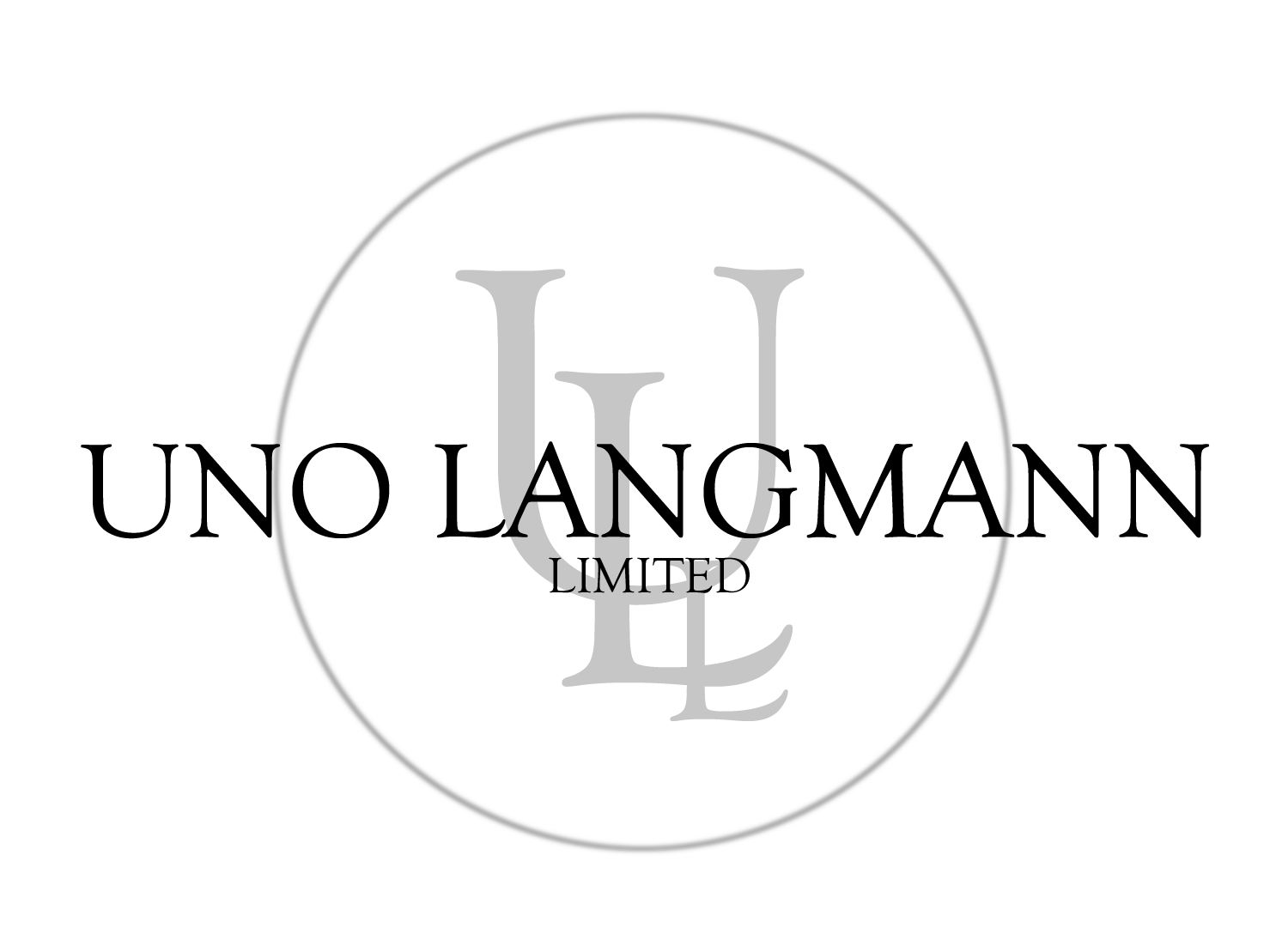China Coast
Village Scene with Stone Bridge
Watercolour, unsigned, inscribed on reverse "Ten Kwa" and "Ten Quwa", Chinese circa 1860
Size: 7 x 11 in (with frame 14 ¼ x 17 ½ in)
J19482
The rise in trade between China and the West throughout the 18th-century provided the impetus for the establishment of many workshops in Canton making wares for the Western market. These trade wares included porcelain and different pottery objects, lacquer objects, fans and China trade paintings. These paintings were painted on thin paper, silk, mirrors and thinly hammered metal (tin, copper and bronze).
When in China western merchants alighted from their ocean-going vessels at Whampoa on Pearl River close to Canton, onto small river launches which took them upstream to the foreign factories, a journey of about ten miles. During this trip they passed two 'folly' forts, so called possibly because they were of questionable defense value. The one nearer to Whampoa, more oblong than round, was known as the 'French Folly'. The second, larger and more famous fort, a truly round structure within the precinct of the city just to the west of the foreign factories, was known as the 'Dutch Folly'.
In 1773 Captain Carl Gustav Ekeberg published his recollections of several trips to Canton in the service of the Swedish East India Company. This book was illustrated with several engravings based on his own drawings. This book was carried back to China, and these illustrations very likely founded a whole new genre of Chinese export products; namely, the various scenes foreign merchants and sailors saw when arriving at Canton.



